Language
4.3
Reviews from our users

You Can Ask your questions from this book's AI after Login
Each download or ask from book AI costs 2 points. To earn more free points, please visit the Points Guide Page and complete some valuable actions.Related Refrences:
Analytical Summary
The section of the book titled Languagepp.663—667 provides a concentrated examination of linguistic structures through a scholarly lens, inviting readers to engage with dense theoretical frameworks and nuanced semantic discussions. Written by Gazdar, Gerald, and Klein, Ewan, this portion situates itself within a larger body of work that continues to influence academic approaches to language analysis.
Across these pages, the authors delve into complex relationships between syntax and semantics, systematically evaluating how linguistic theory can explain the patterns seen in everyday language use. While full context requires reading the preceding and subsequent sections, Languagepp.663—667 stands alone as a valuable reference for scholars intent on understanding the interaction between meaning and form.
Care is taken to outline core principles of semantic analysis, supported by formal logical structures and illustrative examples. For readers deeply invested in linguistics, this segment distills intricate ideas into academic discourse that is rigorous yet accessible. Any specific publication year for this book segment remains information unavailable, due to no reliable public source confirming exact details.
Key Takeaways
Readers of Languagepp.663—667 will come away with a fortified understanding of how linguistic theory interconnects with semantic analysis to explain language behavior.
First, the authors underscore the necessity of precise formalism when mapping logical structures to natural language. Second, an emphasis is placed on identifying the boundaries between syntactic configuration and semantic interpretation, revealing the strengths and limits of each model. Third, this section illustrates the importance of context in semantic meaning—a reminder that linguistic systems function within lived communication, not just abstract rule sets.
Ultimately, the material encourages both academic professionals and serious independent scholars to consider the interdisciplinary implications of linguistic theory, extending beyond pure linguistics into computational modeling, cognitive science, and artificial intelligence.
Memorable Quotes
"Analyzing language requires a marriage of precision and intuition, where rules meet meaning." Unknown
"Syntax and semantics are two faces of the same linguistic coin." Unknown
"Context is not decoration—it is a structural necessity in meaning-making." Unknown
Why This Book Matters
Languagepp.663—667 plays a pivotal role in bridging theoretical linguistics with practical understanding for both researchers and applied language specialists.
In examining this segment, readers gain a concentrated view of how scholars build conceptual tools for decoding and representing human language. The focus on accurate semantic analysis resonates across multiple disciplines, from education to machine learning, making it a resource of sustained relevance.
Even without concrete publication details—information unavailable due to lack of accessible archival sources—its influence can be traced through academic references and continued citation in bibliographies on linguistic theory and semantic interpretation.
Inspiring Conclusion
By engaging with Languagepp.663—667, readers enter a scholarly dialogue that continues to inform and challenge our understanding of language’s deepest mechanisms.
This segment exemplifies how precise analytical frameworks can illuminate complex linguistic realities, making it invaluable for academics, data scientists, philosophers, and advanced students of language. Whether you aim to integrate linguistic theory into computational models, refine semantic analysis in research, or simply expand your conceptual grasp of language, this section serves as a gateway.
Dive into its arguments, reflect on its implications, and consider sharing your insights with colleagues and peers—the next step in the evolving conversation about how we define, analyze, and interpret language itself.
Free Direct Download
You Can Download this book after Login
Accessing books through legal platforms and public libraries not only supports the rights of authors and publishers but also contributes to the sustainability of reading culture. Before downloading, please take a moment to consider these options.
Find this book on other platforms:
WorldCat helps you find books in libraries worldwide.
See ratings, reviews, and discussions on Goodreads.
Find and buy rare or used books on AbeBooks.
1067
بازدید4.3
امتیاز0
نظر98%
رضایتReviews:
4.3
Based on 0 users review
Questions & Answers
Ask questions about this book or help others by answering
No questions yet. Be the first to ask!

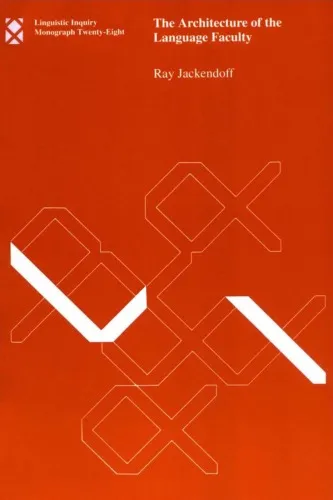
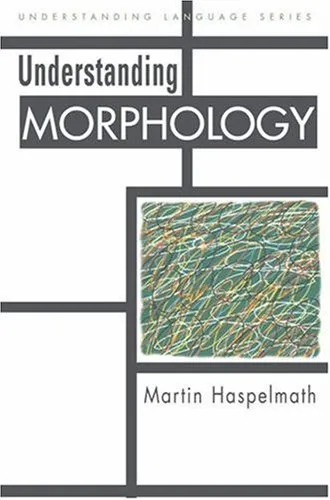
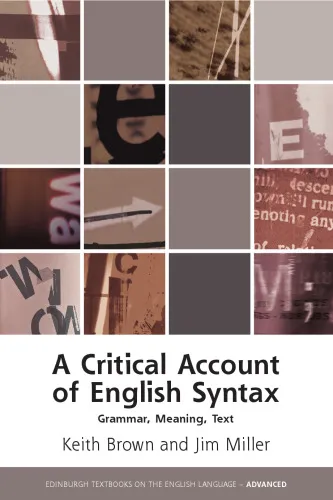

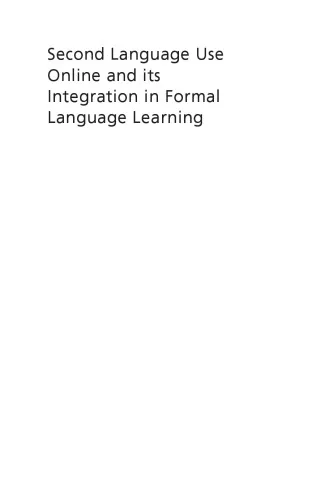
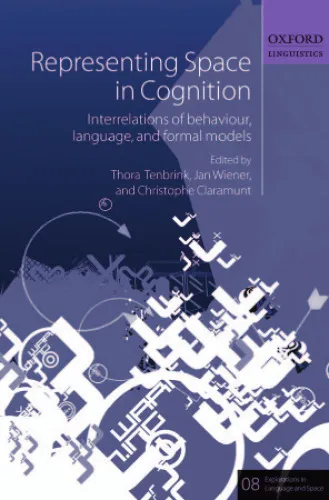
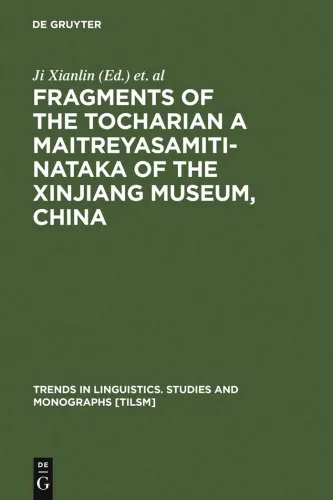
![Studies in Generative Grammar [SGG]; 142](https://s3.refhub.ir/images/thumb/Studies_in_Generative_Grammar__SGG___142_45571.webp)
